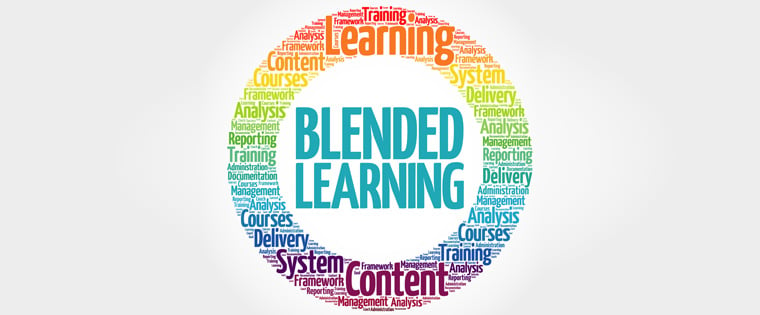Three Best Practices of Technology-Enabled Learning

Digital technology continues to create a deep impact in almost every aspect of our lives. Learning too has accepted technological innovation wholeheartedly and continues to evolve with time. Technology-enabled learning might mean different things in different contexts. For a layman, something as simple as using the Internet to get knowledge will be technology-enabled learning; or even reading an e-book on the computer – or any other mobile device that might qualify as the same. Some might say that using PowerPoint presentations for learning purposes can be termed as technology-based learning.
For this blog, we will stick to the organizational aspect of using tech to teach. In this context, it means using e-learning and all its associated facilities to ease the transfer of information. So, if you want your training program to utilize technology, you should know the best way to do it.
Below are three best practices that can help you make the most out of tech-enabled learning:
1. Adhere to Strong Instructional Design Principles
In most cases, technology-enabled learning will occur without a physical instructor. In the absence of a teacher, the task of captivating the attention and interest of learners falls on your digital content. Make sure that your e-learning program utilizes the best instructional strategies and practices to effectively convey your subject matter. This can mean:
- Break up your content into meaningful modules to ensure better readability and uplift the course’s look and structure.
- Use ample multimedia elements like videos, audio, infographics, animation etc., to increase learner engagement.
- Use relevant scenario-based learning to boost learner interactivity.
- Gamification of content and game-based content are excellent tools to better connect with your audience; create these whenever possible to deliver meaningful skills in a very direct way.
- From a design point of view, use colors intelligently, leave enough white space, make courses visually appealing, minimize distractions on a page, and ensure that the look of the course is maintained consistently.
2. Go Mobile
At this point in the history of mankind, the importance of mobile devices cannot be emphasized enough. Mobile phones have become such an essential part of our lives that no technology-based learning is complete without them. You should include mobile phones in your technological learning strategy right from the beginning. Make sure that all your e-learning courses are developed using a responsive course design so that they work flawlessly on all devices.
Mobile devices are touchscreen gadgets having considerable processing power and screen resolution. This gives developers a playground to include interactive elements in mobile learning modules. Developers can create attractive videos, fun games, animations, innovative quizzes, polls, etc., to keep learners thoroughly invested in the digital learning process.
3. Create Microlearning
Microlearning modules are basically bite-sized learning nuggets specially designed for today’s dynamic workforce. Micro modules can work well on desktops as well as mobile devices. Employees can easily undertake these short courses in the few minutes that they get in between their work. Create quizzes and feedbacks polls to serve as effective micro modules that provide useful information in a very short time.
Most importantly, microlearning provides immense support to employees in the form of just-in-time learning. Usually accessed through mobile devices, just-in-time modules convey a very specific topic, task or information to your employees, when they need it the most. Be it just before a client meeting, operating complicated machinery, or conveying product information to a customer, technology has never seemed more relevant and useful than it has with jus- in-time learning. Make sure that your micro module is of short duration, is based on a single learning objective, independent, has interactive elements, and is designed to work on multiple devices.
Target these three areas of your technology driven learning to make it more impactful. The number of permutations and combinations that you can do with technology is endless. Analyze the unique needs of your organization and create a digital learning path best suited for it. Use advanced software applications and hire digital learning experts to help you deliver a best-in-class, technology-enabled learning program.





